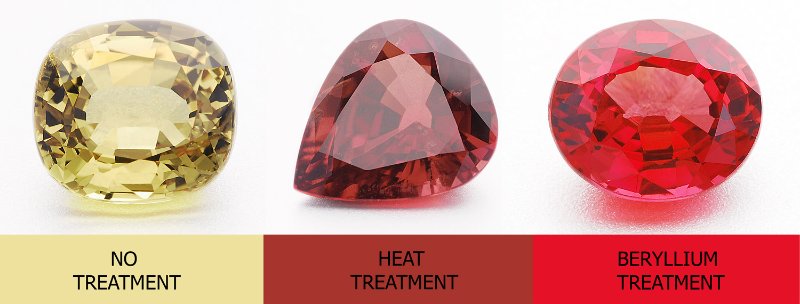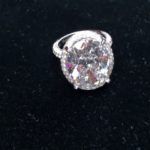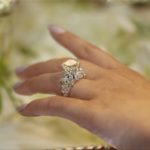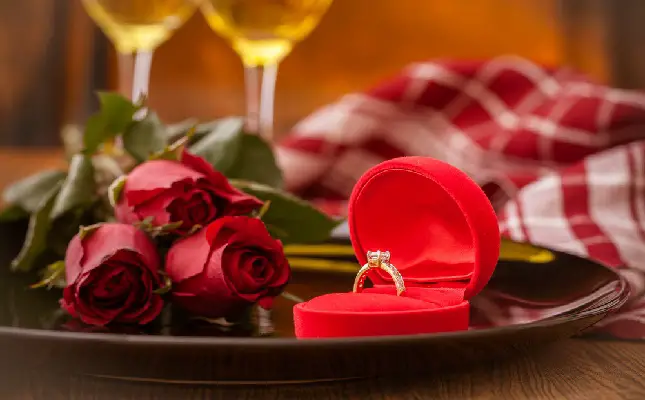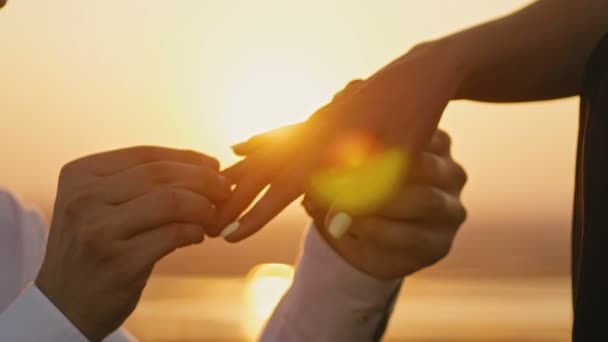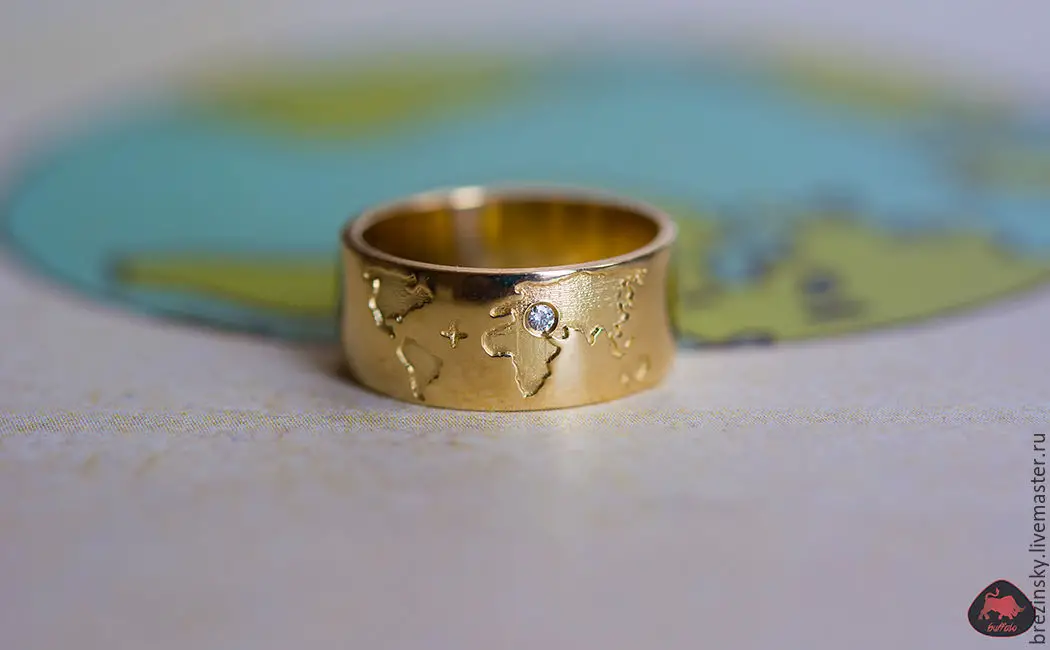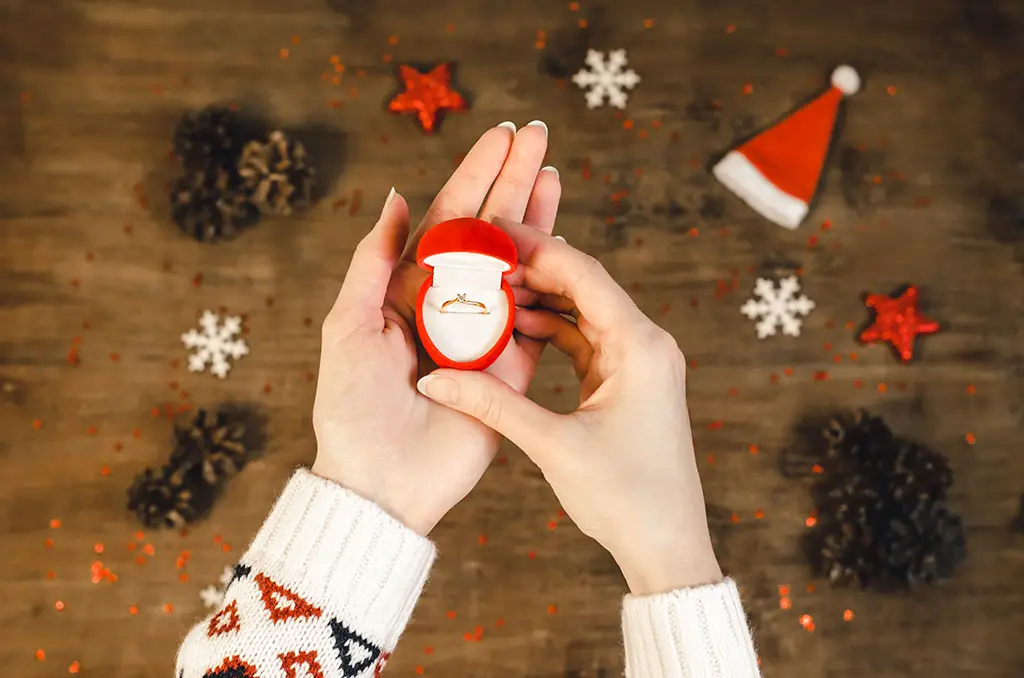What is a treated gemstone, and how can you tell if yours has been ‘enhanced’? We have the answers…
We hate to burst the engagement joy for any happy couple, but there’s something you should know. We all know how engagement rings with coloured gemstones are a huge trend right now. Everywhere you look, there are sparkling sapphires, alluring emeralds and vivacious rubies to be found in jewellery stores. It’s great to see such variety, but there is a downside; a lot of those stones – especially the ones with fantastic colour that seem too affordable to be true – have been specially treated to enhance their appearance.
Why is this a bad thing?
For one thing, applying treatments to a gem can devalue it. Secondly, some treatments can affect the durability of the stone long term. Treated stones can require special care, and there are also more than a few jewellers out there who will not disclose that your stone has been treated (even though they are required to) so they can sell for a higher price. Plus, it means you’re just not getting a truly authentic stone.
Many techniques are used to treat gemstone, with the goal of improving their colour or clarity. They range from heat treatments, oiling, chemical diffusion, irradiation and fracture filling, among others.
So how can you tell if your gemstone has been treated?
That’s the tricky part. Some techniques leave no trace of treatment, so you really have to rely on your jeweller to be open and honest with you. Luckily the majority of jewellers will be; they’ll tell you everything they know about the gemstone and what techniques were used on it, plus what that means for the stone’s durability, value and upkeep.
If a gemstone is being sold at a bargain price and looks especially vibrant, it has almost certainly been treated. Gems with naturally intense colour are never cheap. Never. Even second hand engagement rings sold after divorces or rings that are otherwise damaged will fetch a high price with a naturally saturated gem colour.
Should You Buy a Treated Gemstone?
It’s really up to you. A naturally coloured gem with intense saturation is obviously the ideal, but this will be out of budget for many in bigger carat sizes. If you’re okay with gambling on the value and strength of your stone, then go for it. If you choose the latter however, always, always listen to your jeweller’s advice and ensure you’re fully informed before making a purchase. As with all engagement rings, get it check up on and cleaned regularly by a professional.
And most of all, enjoy your new bling!
